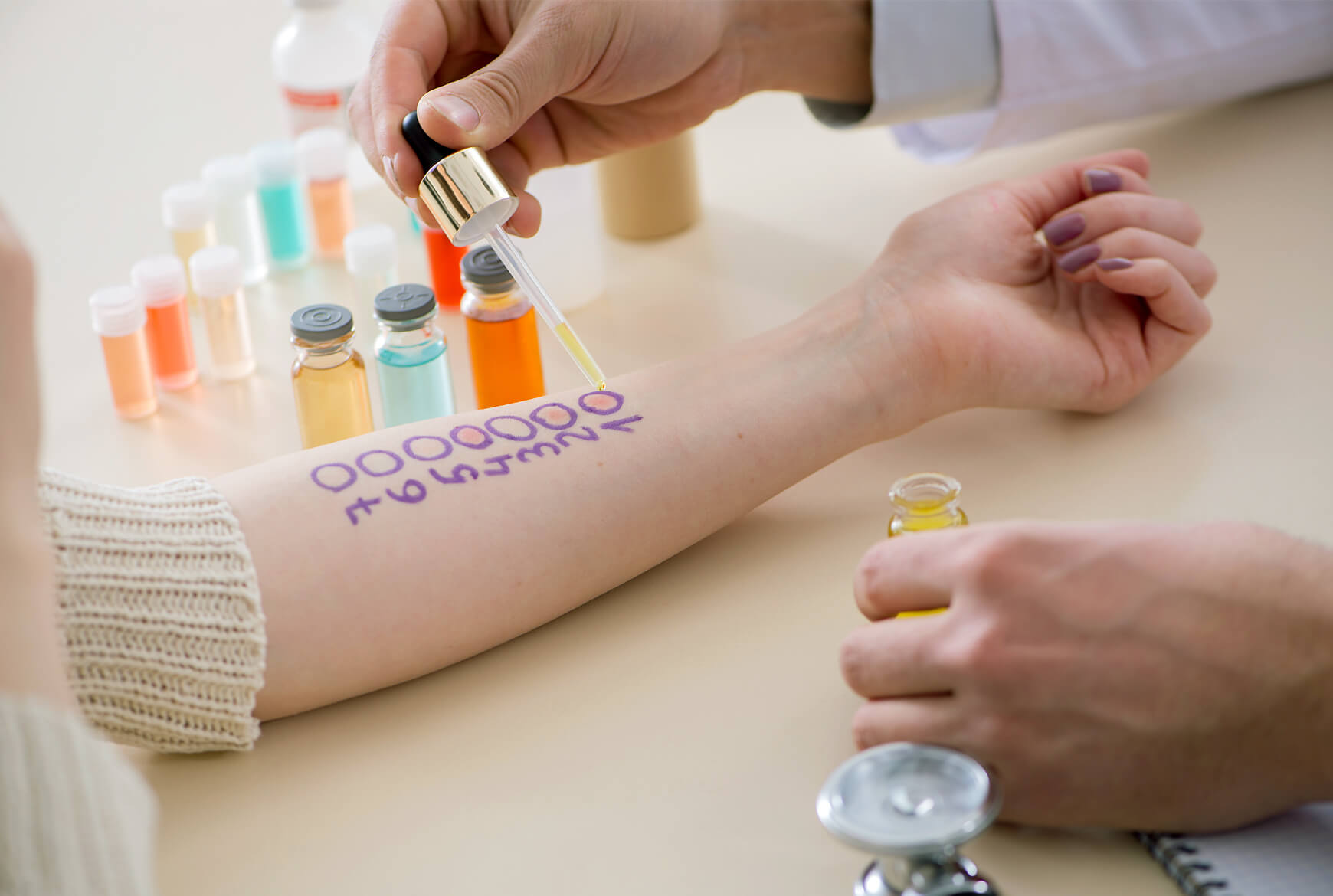How allergies can be managed
Numerous little things can limit the risk of exposure to allergens. People with allergies learn to apply them quickly, but their friends and families can also help them make life easier. Here are several examples:
Wash your hands before and after every meal
No soap and water available? Use a commercial wet wipe. Be careful with sanitizers, however. They don’t eliminate traces of proteins.
Verify the ingredients
When cooking, you need to ensure that allergens are not on the list of ingredients. This is true for all packaged food, including spices. Often, it’s necessary to verify the manufacturing process with the manufacturers.
Don’t take risks!
If you are making a recipe and believe you may have contaminated the food with an allergen, it’s best to start over. It’s not safe to merely fish out some nuts you added to a salad by mistake. You need to make a new salad.
No sharing
Don’t nibble on food from another person’s plate or drink from another person’s bottle. You never know if that person ate a food allergen previously. It’s true! An allergen can survive for more than an hour in saliva!
Serving food
In the case of a buffet, let the person with allergies go first. This way they are protected before utensils are used by others and there is contamination between the various dishes. You could also do away with buffets completely and do plated individual servings.
Wash everything!
No food must be sticking or dried on the surfaces of utensils, pots and dishes. Such remains would be enough to provoke an allergic reaction. Same thing for surfaces such as counters, tables, cutting boards, etc. They all must be washed with soapy water, a cleaning product or commercial wipes.
Exclusive usage
Have a toaster and other kitchen tools reserved exclusively for the person with allergies. Clearly identify a storage space for them, too. Ensure that cleaning products such as those mentioned above are always available.
Don’t be offended
If a person with allergies prefers to bring their own meal or order from allergy-friendly food services, don’t take it the wrong way! In fact, offering this option might be greatly appreciated.
Oral immunotherapy: A promising treatment!
In the past few years, oral immunotherapy (OIT) has provided a glimmer of hope to people living with numerous allergies. The purpose of this treatment is to progressively desensitize the immune system to various allergens. This way the person can dodge extreme reactions and reintegrate these allergens into their diet.
OIT is done in clinics under the careful supervision of specialists. It consists of ingesting precisely calculated microdoses of the allergen to establish the smallest quantity that can be tolerated. Then the doses are progressively increased to avoid reactions, until a normal portion of the food is reached.
Up to now, desensitization has been successful with people from age nine months to fifty-six years. However, OIT can only be provided for known allergens. It’s possible to treat up to five foods at a time.5
Dubious test results
Many companies offer various tests or analyses for identifying food intolerances such as hair analysis, lgG rate, etc. The Canadian Society of Allergy and Clinical Immunology states that there is no valid scientific data to support the use of these tests when investigating an allergy or a food intolerance.6
In spite of the fancy explanations describing these tests, they remain very controversial. Many experts have expressed serious doubts about their validity. Do you believe you’ve had an allergic reaction? Before spending your money, always consult your physician first.
In conclusion
Food allergies are not a quirk. They are an over-reaction of the immune system and can sometimes be fatal. Avoiding allergens is the only way for people with allergies to protect themselves. Developing the right reflexes and always being vigilant become essential since finding a safe diet is a constant challenge. Friends and family can also help by adopting simple facilitating behaviours.


